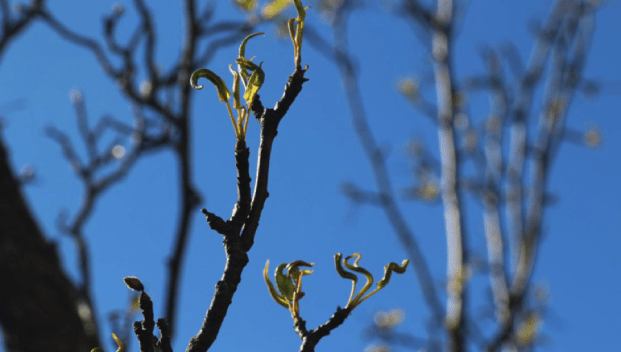
Cnhi Network
Is spring actually getting longer?
“Nothing is so beautiful as Spring,” exulted Gerard Manley Hopkins, a big fan of the season. He has ... Read more

“Nothing is so beautiful as Spring,” exulted Gerard Manley Hopkins, a big fan of the season. He has ... Read more